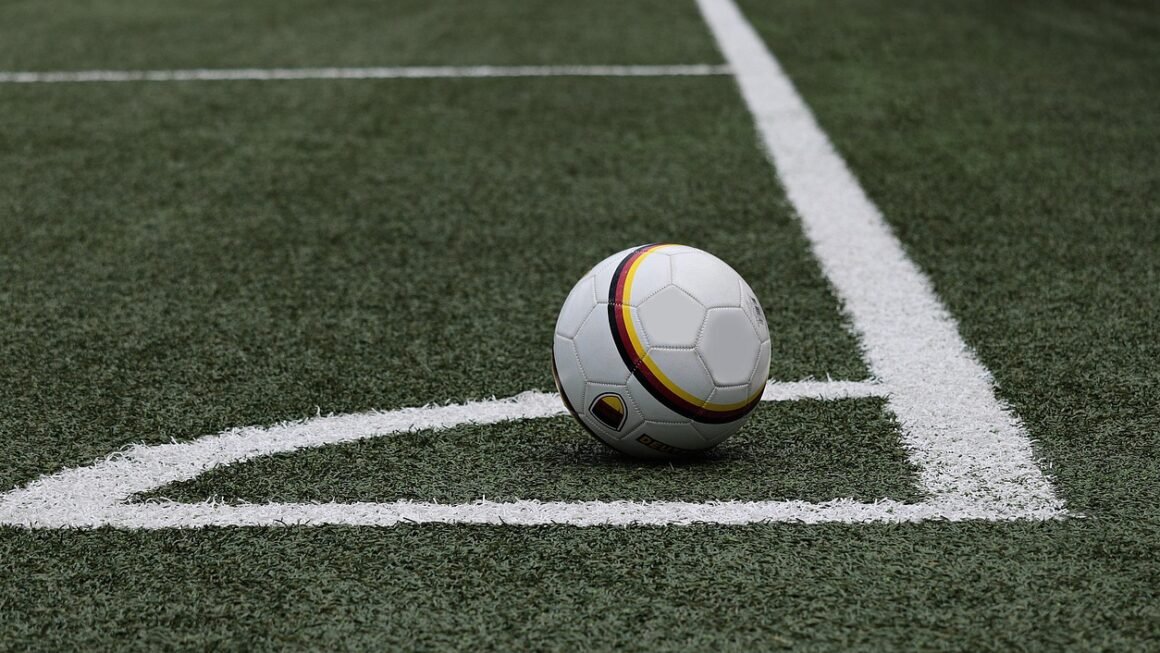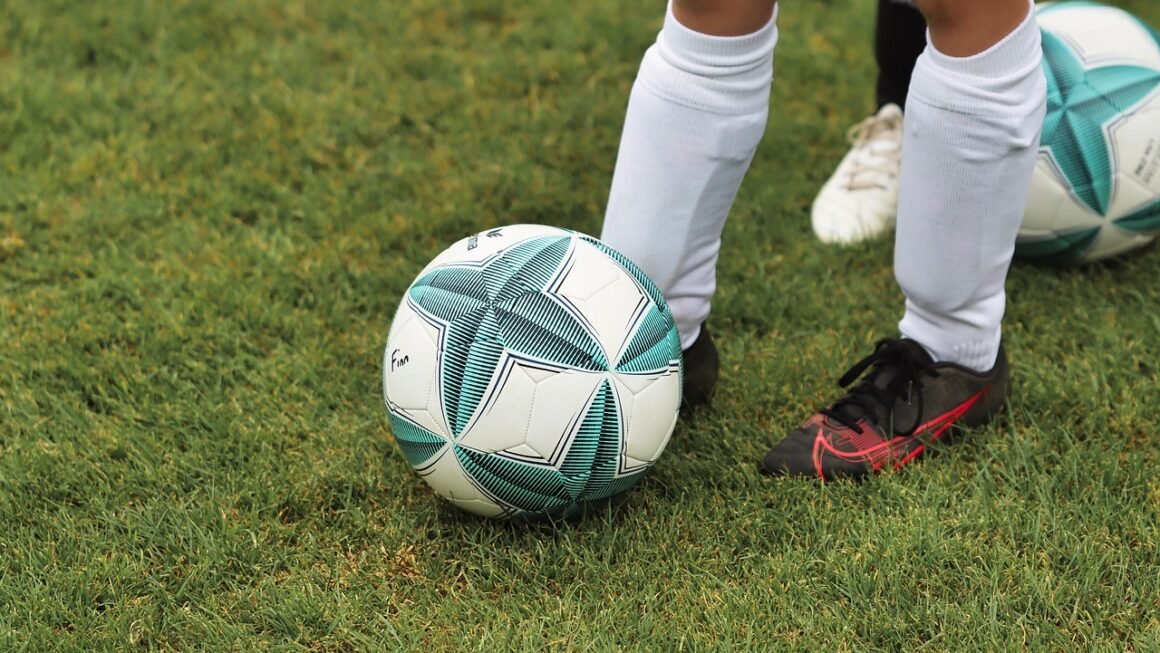Volleyball. The mere word conjures images of sun-drenched beaches, electrifying rallies, and the satisfying thwack of a perfectly executed spike. But volleyball is far more than just a casual pastime; it’s a dynamic and strategic sport enjoyed by millions worldwide, offering incredible physical and mental benefits. Whether you’re a seasoned player or just curious to learn more, this guide will provide you with a comprehensive overview of the world of volleyball.
Understanding the Basics of Volleyball
Volleyball is a team sport played by two teams of six players on a court divided by a net. The objective is to score points by grounding a ball on the opponent’s court under organized rules. Simple enough, right? Let’s delve into the core components.
Court Dimensions and Equipment
- Court Size: The volleyball court is 18 meters long and 9 meters wide, divided into two equal halves by the center line.
- Net Height: The net height varies depending on the level of play. For men, it’s typically 2.43 meters (7 feet 11 5/8 inches), and for women, it’s 2.24 meters (7 feet 4 1/8 inches).
- Attack Line: Also known as the 3-meter line (or 10-foot line), this line separates the front row players from the back row players.
- Volleyball: Regulation volleyballs are made of leather or synthetic leather and weigh between 260-280 grams.
Basic Rules and Gameplay
- Service: The game begins with a serve from behind the end line. The server must not step on or over the line when serving.
- Rally Scoring: Volleyball uses rally scoring, meaning a point is scored on every rally, regardless of which team served.
- Maximum Touches: Each team is allowed a maximum of three touches to return the ball to the opponent’s side of the net. A block does not count as one of these touches.
- Rotation: After the serving team wins a rally when the receiving team was the previous serving team, its players rotate clockwise one position.
- Illegal Contact: Lifting, carrying, throwing, or prolonged contact with the ball is considered an illegal contact.
- Example: Imagine a scenario where Team A serves. Team B bumps the ball, sets it, and then spikes it, scoring a point. Because Team B won the rally after being on the receiving end, they now rotate, and the player who was previously in the back right position becomes the new server.
Essential Skills and Techniques
Mastering the fundamental skills is crucial for success in volleyball. Here’s a breakdown of the essential techniques:
Serving Techniques
- Underhand Serve: A beginner-friendly serve where the player strikes the ball with their fist from below.
- Overhand Float Serve: A more advanced serve where the player tosses the ball and strikes it with an open hand, creating a “floating” motion.
- Jump Serve: The most powerful serve, involving a jump and spiking motion to deliver the ball with maximum force.
Passing (Bumping)
- Forearm Pass: Used to receive the opponent’s serve or spike. Players join their forearms together to create a flat platform to direct the ball upwards. Key points:
Keep your arms straight and angle your platform towards your target.
Use your legs to generate power and control.
Avoid swinging your arms excessively.
Setting
- Overhead Set: Used to position the ball for a teammate to spike. The setter uses their fingertips to gently push the ball upwards, creating a high, arc-shaped trajectory. Key points:
Form a triangle with your hands, placing your fingertips on the ball.
Use your legs to generate power and maintain balance.
Aim for consistency and accuracy.
Spiking (Attacking)
- Approach: A sequence of steps leading up to the jump, building momentum for the spike.
- Jump: A powerful vertical jump to reach the ball at its highest point.
- Contact: Striking the ball with an open hand, directing it downwards towards the opponent’s court. Key points:
Time your approach and jump correctly.
Snap your wrist to generate power and direction.
Aim for open spots on the opponent’s court.
Blocking
- Reading the Attacker: Anticipating the opponent’s spike and positioning yourself accordingly.
- Jumping: A vertical jump with arms extended above the net to block the ball. Key points:
Penetrate the net with your hands and arms.
Coordinate your block with your teammates.
Be aware of the attacker’s tendencies.
Volleyball Strategies and Teamwork
Volleyball isn’t just about individual skills; it’s a team sport that relies heavily on strategy and coordination.
Common Formations
- 4-2 Formation: Two setters and four hitters. This formation is often used by beginners.
- 6-2 Formation: Two setters who also hit from the back row.
- 5-1 Formation: One setter and five hitters, offering greater offensive power. This is a more advanced formation.
Offensive Strategies
- Quick Sets: Fast sets near the net to catch the blockers off guard.
- Back Row Attacks: Hitters attacking from behind the 3-meter line.
- Combination Plays: Strategic sequences of sets and attacks designed to confuse the opponent.
Defensive Strategies
- Blocking Schemes: Coordinating blockers to cover specific areas of the court.
- Digging Formations: Positioning players to efficiently dig up the opponent’s attacks.
- Communication: Constant communication between players to coordinate movements and strategies.
- Example: A team might use a “read block,” where blockers watch the opposing setter to determine which hitter will receive the set and adjust their blocking positions accordingly. Effective communication is essential for this strategy to succeed.
Physical and Mental Benefits of Volleyball
Volleyball offers a wide range of physical and mental benefits, making it an excellent choice for individuals of all ages and skill levels.
Physical Benefits
- Cardiovascular Health: Volleyball requires constant movement, improving cardiovascular fitness.
- Strength and Power: Spiking, blocking, and digging require significant strength and power.
- Agility and Coordination: The fast-paced nature of the sport enhances agility and coordination.
- Improved Reflexes: Reacting to quick attacks and serves improves reflexes.
- Weight Management: Burning calories and building muscle helps with weight management.
Mental Benefits
- Teamwork and Communication: Volleyball promotes teamwork, communication, and cooperation.
- Strategic Thinking: Players must develop strategic thinking and problem-solving skills.
- Stress Relief: Physical activity and social interaction can help reduce stress.
- Improved Focus: Concentrating on the game improves focus and concentration.
- Confidence Building: Mastering new skills and achieving team goals boosts confidence.
- Data Point: A study published in the “Journal of Strength and Conditioning Research” found that volleyball training significantly improves vertical jump height and lower body power.
Getting Started with Volleyball
Interested in giving volleyball a try? Here’s how to get started:
Finding Local Opportunities
- Recreational Leagues: Check your local community centers, gyms, and parks for recreational volleyball leagues.
- Volleyball Clubs: Join a volleyball club for more structured training and competitive opportunities.
- Open Gyms: Attend open gym sessions to practice your skills and meet other players.
- Beach Volleyball: Look for beach volleyball courts and leagues in coastal areas.
Essential Gear and Equipment
- Volleyball Shoes: Provide support, cushioning, and traction on the court.
- Knee Pads: Protect your knees from impact during dives and slides.
- Ankle Braces: Offer support and prevent ankle injuries.
- Athletic Apparel: Wear comfortable and breathable clothing that allows for freedom of movement.
- Volleyball: Invest in a quality volleyball for practice.
Tips for Beginners
- Focus on Fundamentals: Master the basic skills of serving, passing, setting, and spiking before moving on to more advanced techniques.
- Practice Regularly: Consistent practice is essential for improvement.
- Seek Guidance: Learn from experienced players or coaches.
- Stay Hydrated: Drink plenty of water before, during, and after playing.
- Have Fun!* Enjoy the process of learning and playing volleyball.
Conclusion
Volleyball is a dynamic and rewarding sport that offers a multitude of physical and mental benefits. From understanding the basic rules and techniques to developing strategic teamwork, there’s always something new to learn and master. Whether you’re aiming to compete at a high level or simply looking for a fun and engaging way to stay active, volleyball is an excellent choice. So, grab a ball, gather some friends, and get ready to experience the thrill of the game!



